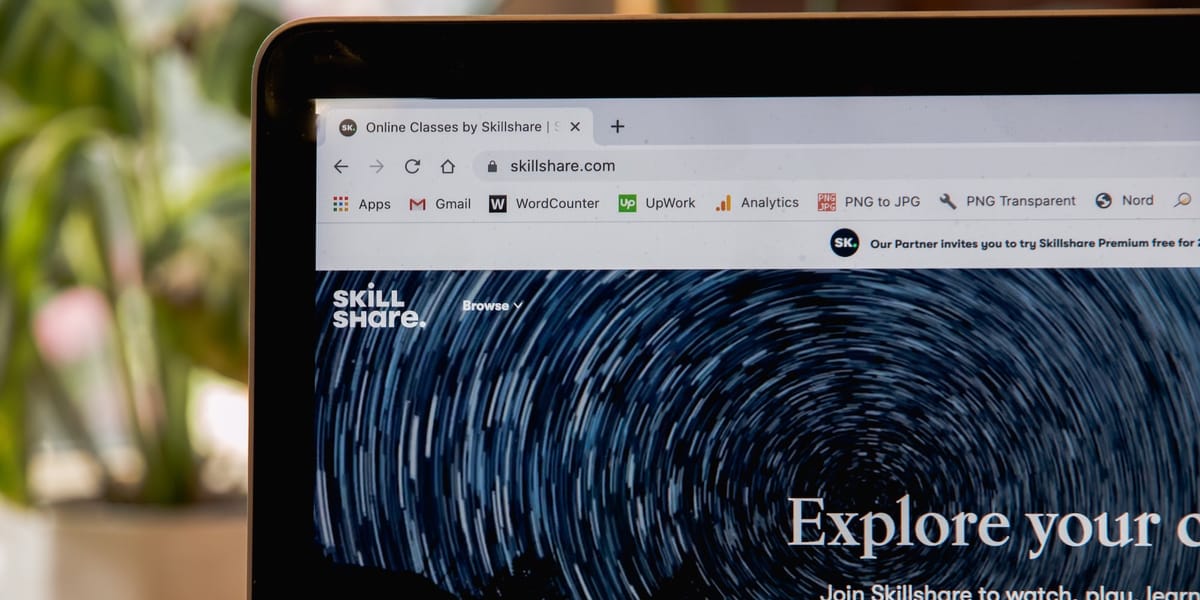You’re probably writing too much copy
Give the minimum amount of information required to get the user to complete the desired next action.

Startups make the mistake of over-explaining themselves at key touch points of a users journey. Customers have a short attention span and low retention of new information. The more information you give at once, the less likely they are to remember anything of value.
I’ve had plenty of conversations with founders who are adamant they need to talk about all the features and benefits of their product on the homepage.
“Our product has so many great things about it, we need to talk about them all” - Sound familiar?
This invariably results in huge chunks of text and sprawling websites that are not only hard to read, but also making multiple claims when you should be aiming for one single takeaway for each piece of communication (for context, a homepage should be viewed as one piece of communication).
I’m not saying you shouldn’t talk about all your amazing features and benefits, far from it. But you need to be careful not to cause cognitive overload for the reader. You achieve this by staggering that information throughout the customer journey.
Features and benefits should be introduced in a relevant, timely, contextual and gradual fashion.
In UX design, there is a principle of progressive disclosure, which I think can equally be applied to copywriting. The key idea is to avoid overloading the user with too much information in your design.
Think about how features and designs are hidden in menus of all shapes and sizes, this prevents overwhelm while also making it easy to understand where certain features will be by artfully grouping them.
A rule of thumb I use is:
This guiding principle is great in challenging whether you are over-explaining in any marketing material you make.
Putting it into practice
Let’s imagine a simple user journey. For these purposes, we’ll consider only the golden path (the single best route you can hope that your customer takes). Although we know in practice there are likely to be other influencing factors and touchpoints, the principle of progressive disclosure remains.
First, we need to establish:
- What that golden path looks like
- What we want the next action to be
Let’s design a simple user journey which signifies our golden path. Imagine we know our customers respond well to flyers in the post, so we’re going to send them something and ultimately we want to get them on the phone to buy a product via the website. The golden path might look like:
| Step | Goal |
|---|---|
| Direct mail | Visit website |
| Website | Complete form |
| Form | Book a call |
| Call | Purchase |
Designing the flyer for our direct mail campaign
Notice how the goal of the direct mail isn’t to make a purchase. We don’t need to worry about trying to convert this customer until much further down the funnel. Instead, the only thing we need the flyer to do is to get the customer to visit the website.
We have decided on a nice A5 flyer to design and have a few stakeholders involved in the process. This is when a lot of tasks can easily go awry, and is why establishing the goal of the piece of collateral is so important.
In this case, we want the recipient to visit the website. Here’s how the conversation usually goes:
Stakeholder 1: “We should put our phone number on as well”
Stakeholder 2: “And let’s put our email address on as well, just in case”
It’s at this point we remember that we refer back to the principle of giving the minimum amount of information required to get the user to complete the next action.
Mindful of the cognitive load of the user and the fact that people hate choice, we assert that the website (or a QR code to the website :smiley face: ) will be the single, prominent call to action on the flyer.
Along with a very high-level explanation of the value proposition, the flyer now has the minimum information required which makes it clear to the user the exact next steps they need to take.
This, of course, is one part of probably 5 or 6 pieces of information that comprise the flyer. By applying the same the principle to all parts, you should end up with a sharp piece of content with a clearly spelt out next action.
By being disciplined with your content, your communications will be clearer, easier to comprehend and improve conversion to the next stage.
Happy writing!
Summary
- Founders and marketers often write too much copy, which leaves customers overwhelmed, confused and ultimately harms conversion
- Every piece of content you make should have a clear goal (usually the next step in the funnel) and every piece of copy on that piece of communication should come together with a single-minded approach to achieving that goal
- You should give the minimum amount of information required to get the user to complete the desired next action
